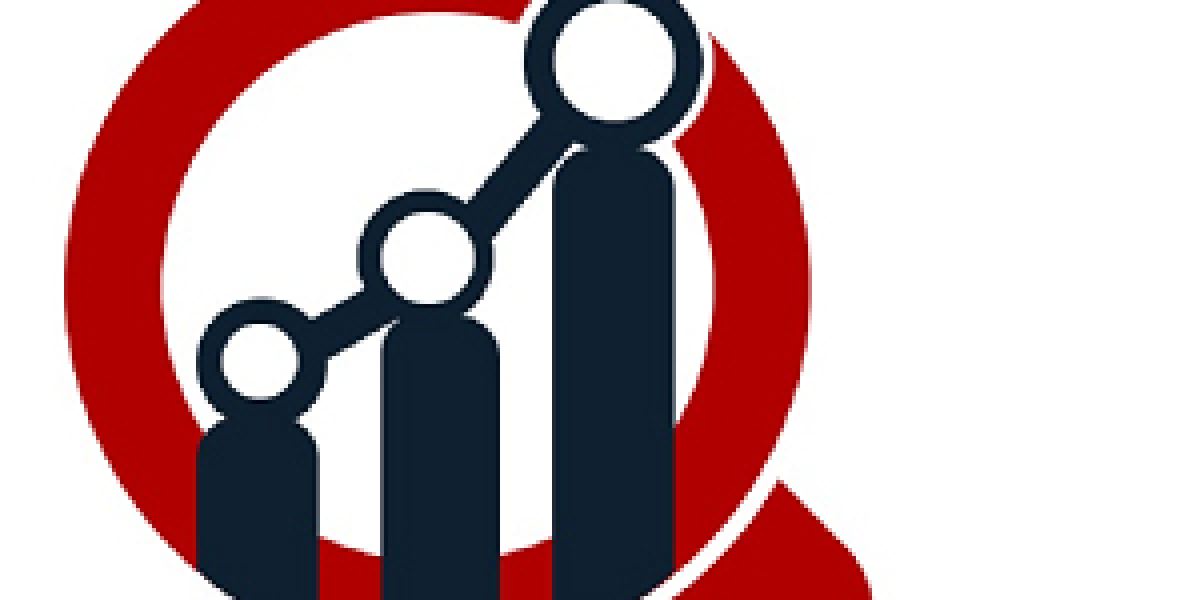In modern forensic science, precision and accuracy are paramount. Crime scene investigators rely on advanced digital tools to capture, analyze, and reconstruct critical evidence. Among these tools, photogrammetry software stands out for its ability to transform 2D images into detailed 3D models. Combined with multi view calibration, this technology enables investigators to map a scene from multiple angles, ensuring every piece of evidence is documented with exceptional accuracy.
This integration of technology is reshaping how investigations are conducted, improving both the efficiency and reliability of forensic analysis. Whether working on a homicide, burglary, or accident reconstruction, crime scene professionals now have the capability to virtually preserve and revisit the scene long after physical evidence has been collected.
Understanding Photogrammetry Software in Forensic Work
Photogrammetry software is a specialized tool that processes photographs to generate precise measurements and 3D models of real-world objects and environments. In crime scene investigations, this is invaluable. By analyzing overlapping images taken from different perspectives, the software calculates spatial data and recreates an exact virtual representation of the scene.
The benefits for a crime scene investigator are extensive:
Accurate measurement of distances and object sizes.
Preservation of evidence for long-term analysis.
The ability to present interactive reconstructions in court.
The Role of Multi View Calibration in Forensics
Multi view calibration is the process of aligning and calibrating multiple camera perspectives to ensure all data points align accurately in a shared coordinate system. In forensic applications, this allows for seamless integration of imagery from different cameras—whether body-worn, stationary, or handheld—into a single, cohesive reconstruction.
For a crime scene investigator, this means:
Combining multiple vantage points for more complete reconstructions.
Reducing measurement errors from varying camera positions.
Capturing areas that may not be visible from a single viewpoint.
How Crime Scene Investigators Use This Technology in Practice
In the field, a crime scene investigator will typically begin by capturing a series of high-resolution images from various angles. Using photogrammetry software, these images are processed to create a 3D point cloud and mesh of the scene. Multi view calibration ensures that images from all sources—whether taken simultaneously or at different times—are perfectly aligned.
Practical applications include:
Accident reconstruction to determine vehicle positions and collision dynamics.
Homicide scene analysis to map blood spatter patterns and projectile trajectories.
Burglary investigations to record entry points and object placement.
The Advantages of Integrating Both Technologies
When combined, photogrammetry software and multi view calibration offer unmatched forensic accuracy. This integration helps eliminate blind spots, enhances the integrity of evidence, and allows investigators to work with highly detailed digital replicas of a crime scene even months or years later.
These reconstructions are not only beneficial for analysis but also serve as compelling visual evidence in court, making complex forensic findings more understandable for judges and juries.
Final Thoughts
The use of photogrammetry software and multi view calibration in forensic science has transformed the capabilities of a crime scene investigator. By enabling precise, multi-perspective documentation, these tools enhance evidence reliability, reduce investigative errors, and improve courtroom presentations. As technology continues to evolve, the ability to digitally preserve and analyze crime scenes will only become more advanced, setting new standards for forensic accuracy.
FAQs
Q1: What is photogrammetry software used for in crime scene investigations?
Photogrammetry software processes photographs to create precise 3D models of crime scenes, allowing investigators to take accurate measurements and preserve evidence digitally.
Q2: How does multi view calibration help forensic investigators?
Multi view calibration aligns images from different camera perspectives into a unified 3D space, ensuring accurate measurements and comprehensive scene coverage.
Q3: Can this technology be used in court?
Yes. The 3D reconstructions generated by photogrammetry software and multi view calibration provide compelling, scientifically accurate visuals that can strengthen forensic testimony.
Q4: How is it different from traditional scene documentation?
Unlike traditional methods, this technology captures the scene in full 3D, allowing investigators to revisit and analyze it virtually without returning to the location.
Q5: What types of crime scenes benefit most from this technology?
It’s valuable for all types, including homicides, traffic accidents, and property crimes, as it ensures comprehensive, accurate documentation.






